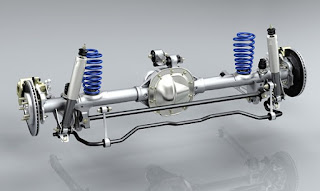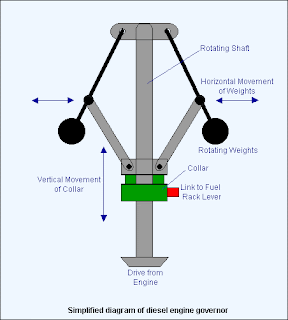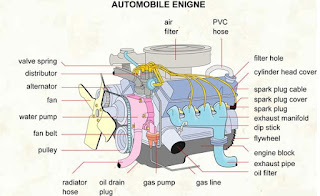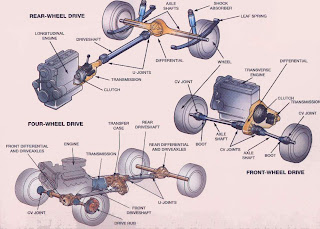Independent Suspension

Independent Suspension An independent suspension is engineered so that one wheel can move up or down without affecting the motion of the other wheel on that axle. This helps improve the car's handling. Independent suspension is a broad term for any automobile suspension system that allows each wheel on the same axle to move vertically (i.e. reacting to a bump in the road) independently of each other. This is contrasted with a beam axle , live axle or deDion axle system in which the wheels are linked–movement on one side affects the wheel on the other side. Note that “independent” refers to the motion or path of movement of the wheels/suspension. It is common for the left and right sides of the suspension to be connected with anti-roll bars or other such mechanisms. The anti-roll bar ties the left and right suspension spring rates together but does not tie their motion together. Most modern vehicles have independent front suspension (IFS). Many vehicles also have an independen





